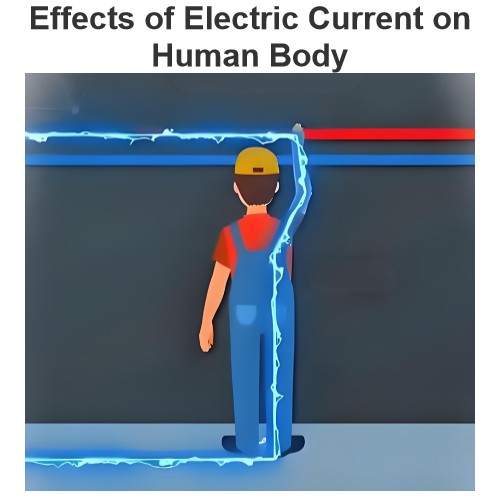What common mistakes or precautions should be taken when using insulated tools?
When using insulated tools, proper methods and precautions are very important to ensure safety and avoid potential hazards. Here are some common mistakes and precautions to take:
Common mistake
Using broken tools: Using cracked, broken, or worn insulation tools may result in reduced insulation performance, which increases the risk of electric shock.
Ignoring checks: Neglecting to check the status of insulated tools before each use may result in the use of unqualified tools.
Improper storage: Storing insulated tools at will may cause the tools to be squeezed, scratched, or deformed, thereby affecting their insulation performance.
Not wearing Personal Protective equipment (PPE) : Even if insulating tools are used, there is still a risk of electric shock if proper personal protective equipment (such as insulating gloves, boots, etc.) is not worn.
Improper use: Improper use of insulated tools, such as using too much force, may cause damage or failure of the tool.
Improper maintenance: Failure to perform regular maintenance according to the manufacturer's instructions may result in degraded tool performance.
Preventive measure
Regular inspection: Before each use, carefully inspect the insulation tool for any signs of damage or wear to ensure that the tool is in good condition.
Correct storage: When storing insulated tools, they should be placed in a dry, ventilated, and non-squeezed place, and avoid contact with sharp objects.
Wear personal Protective equipment:When using insulation tools, be sure to wear appropriate personal protective equipment, such as insulation gloves, insulation boots, safety hats, etc.
Follow the instructions: When using insulated tools, strictly follow the instructions for using the tools to avoid excessive force or improper use.
Regular maintenance: Regular maintenance of insulation tools, including cleaning, lubrication and inspection, to ensure good performance.
Regular testing: Electrical testing of insulation tools is performed regularly to ensure that their insulation performance meets standards.
Training and education: All personnel who use insulation tools are trained to ensure that they understand the correct use methods and safety knowledge.
Avoid exceeding the rated voltage level of the tool: When using the insulated tool, ensure that the rated voltage level of the tool is higher than or equal to the actual voltage level.
Sum up
Proper use and maintenance of insulation tools is essential to ensure safe operation. Through regular inspections, proper storage, wearing personal protective equipment, following instructions for use, regular maintenance and testing, and providing appropriate training, common errors can be effectively avoided and the risk of electric shock minimized. Always be vigilant when working with insulated tools to ensure that the tools are in top condition and that safety procedures are strictly followed.
The Electricity Encyclopedia is dedicated to accelerating the dissemination and application of electricity knowledge and adding impetus to the development and innovation of the electricity industry.













